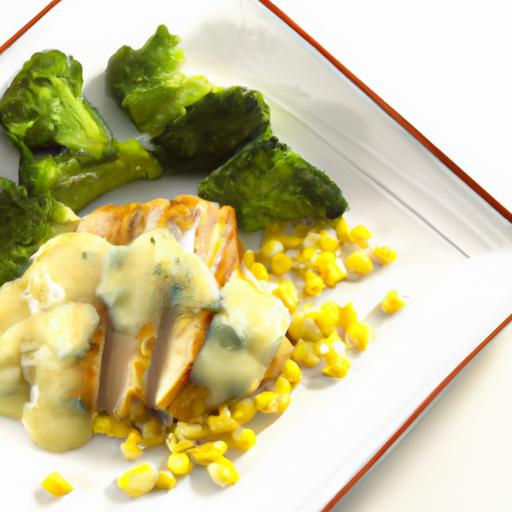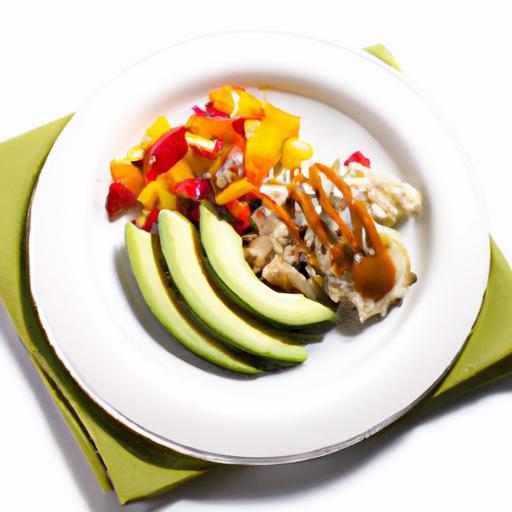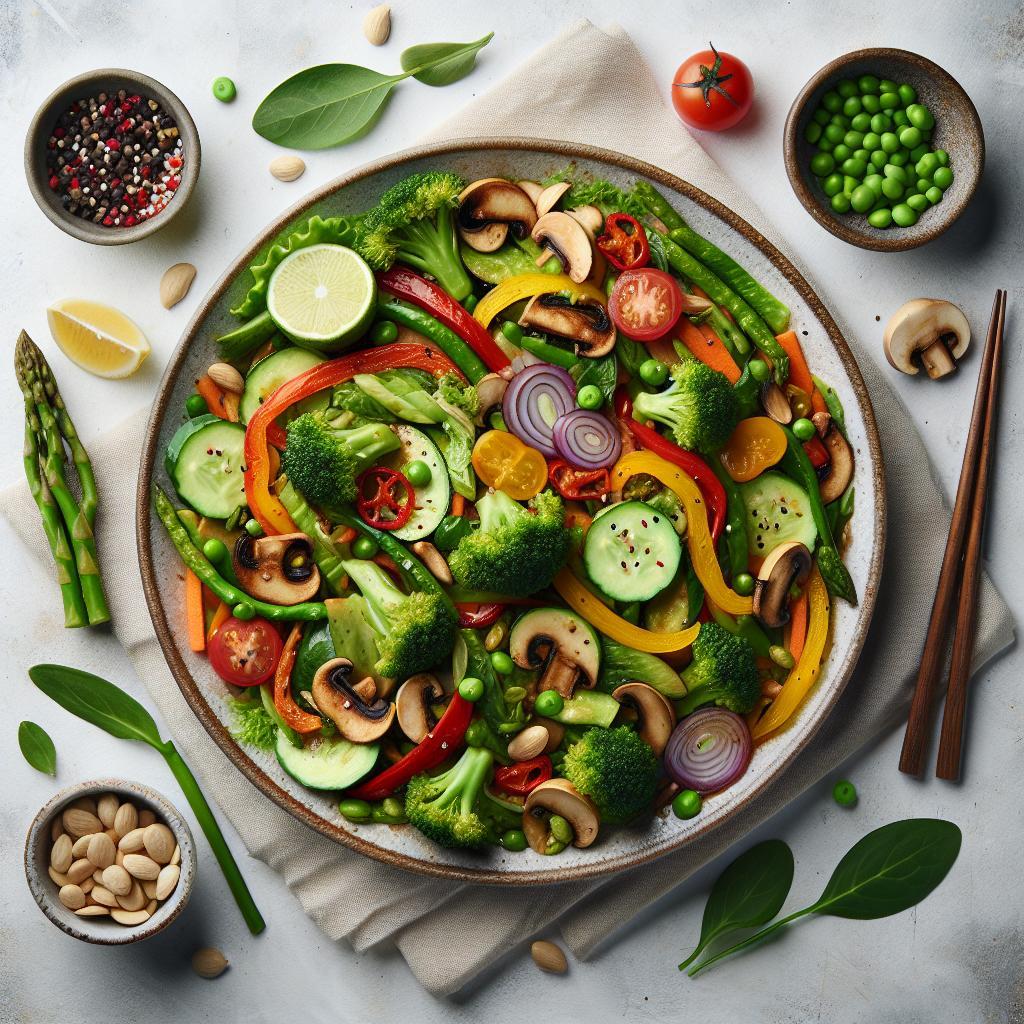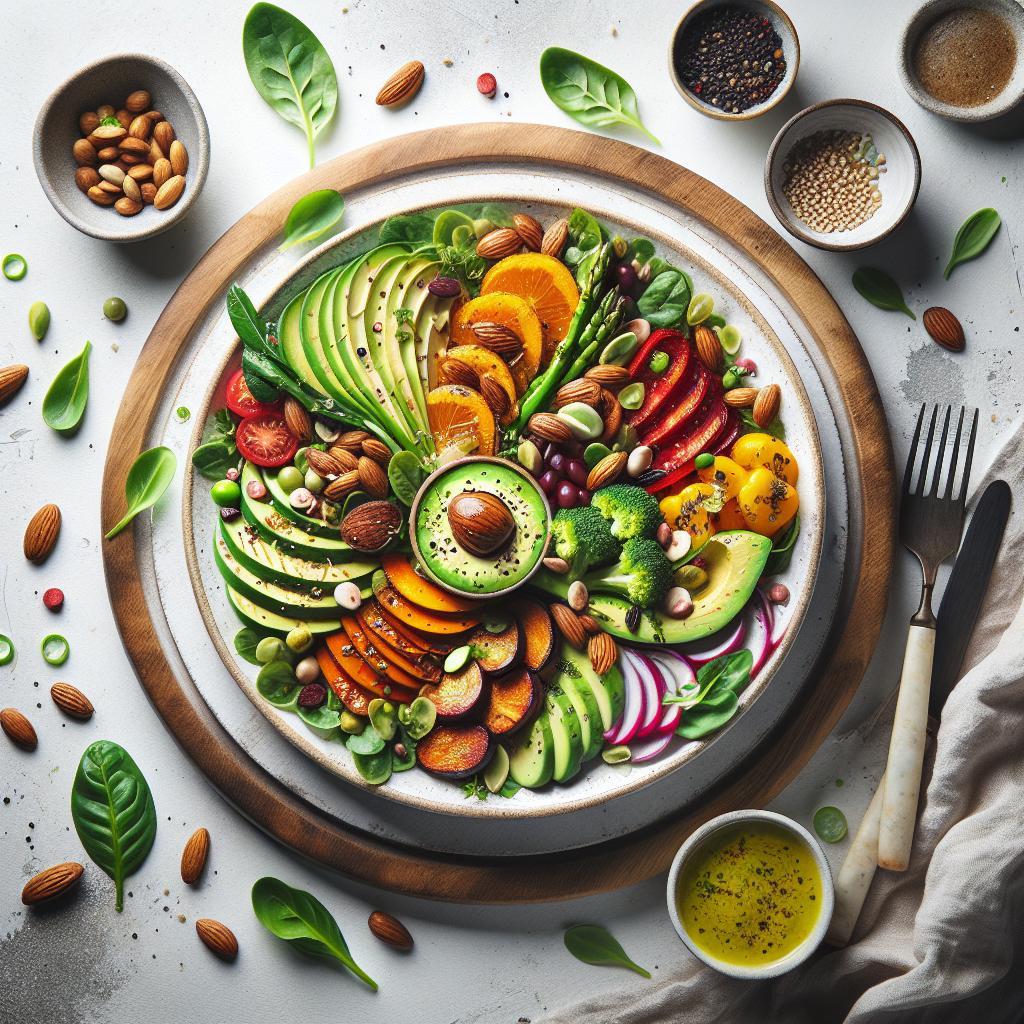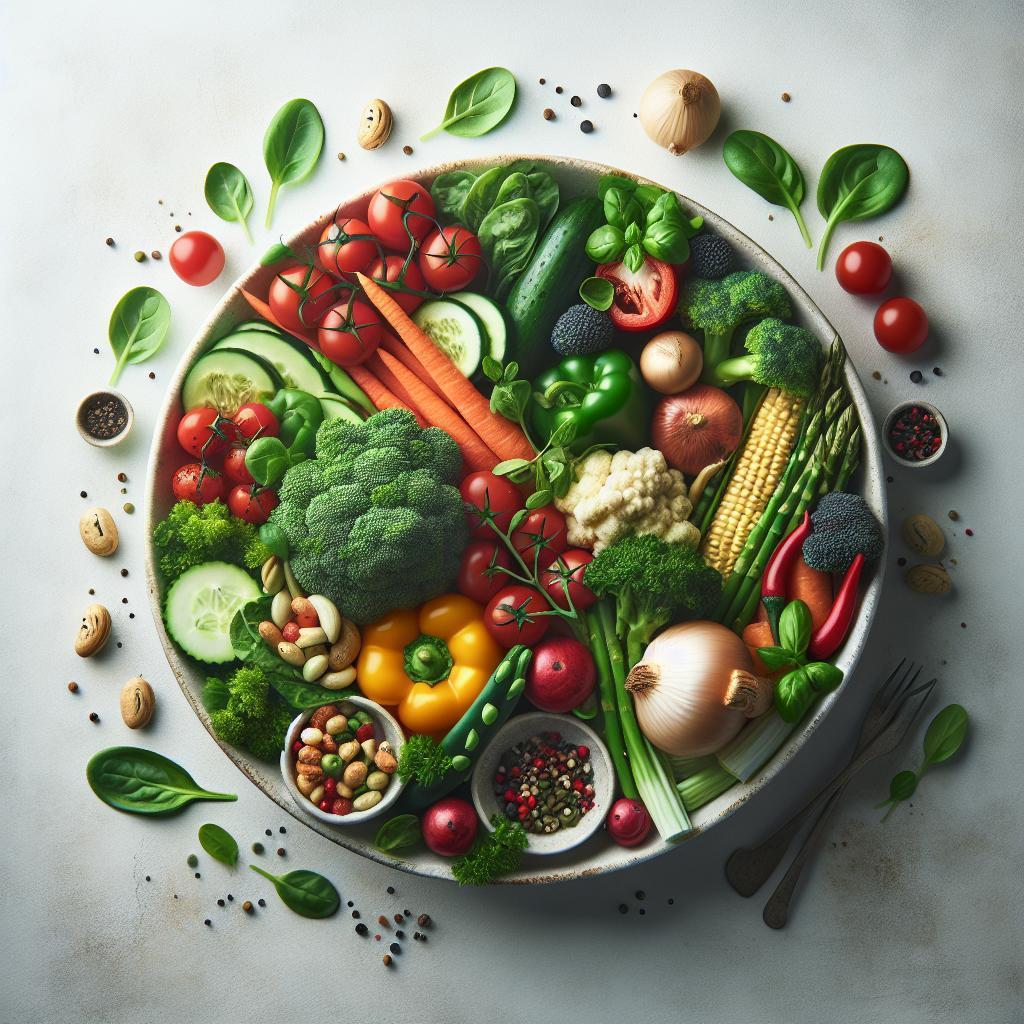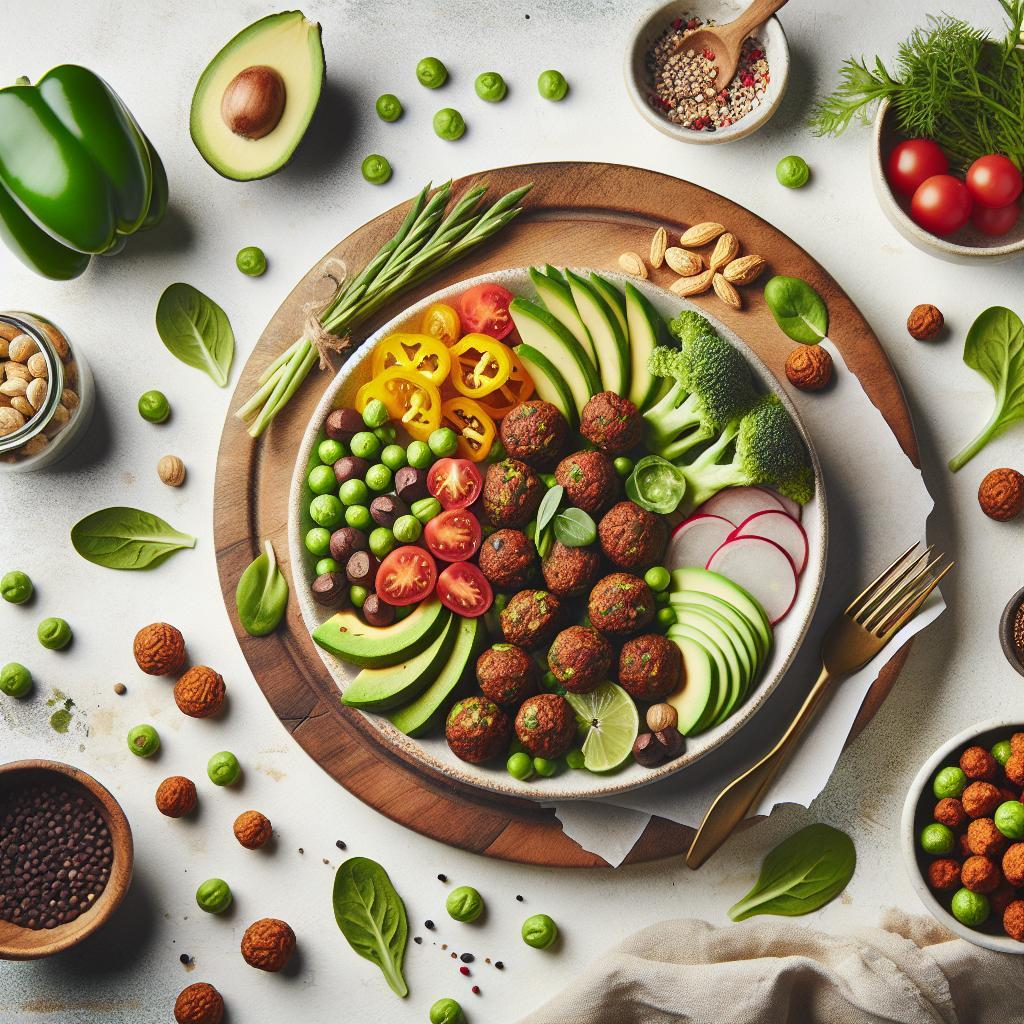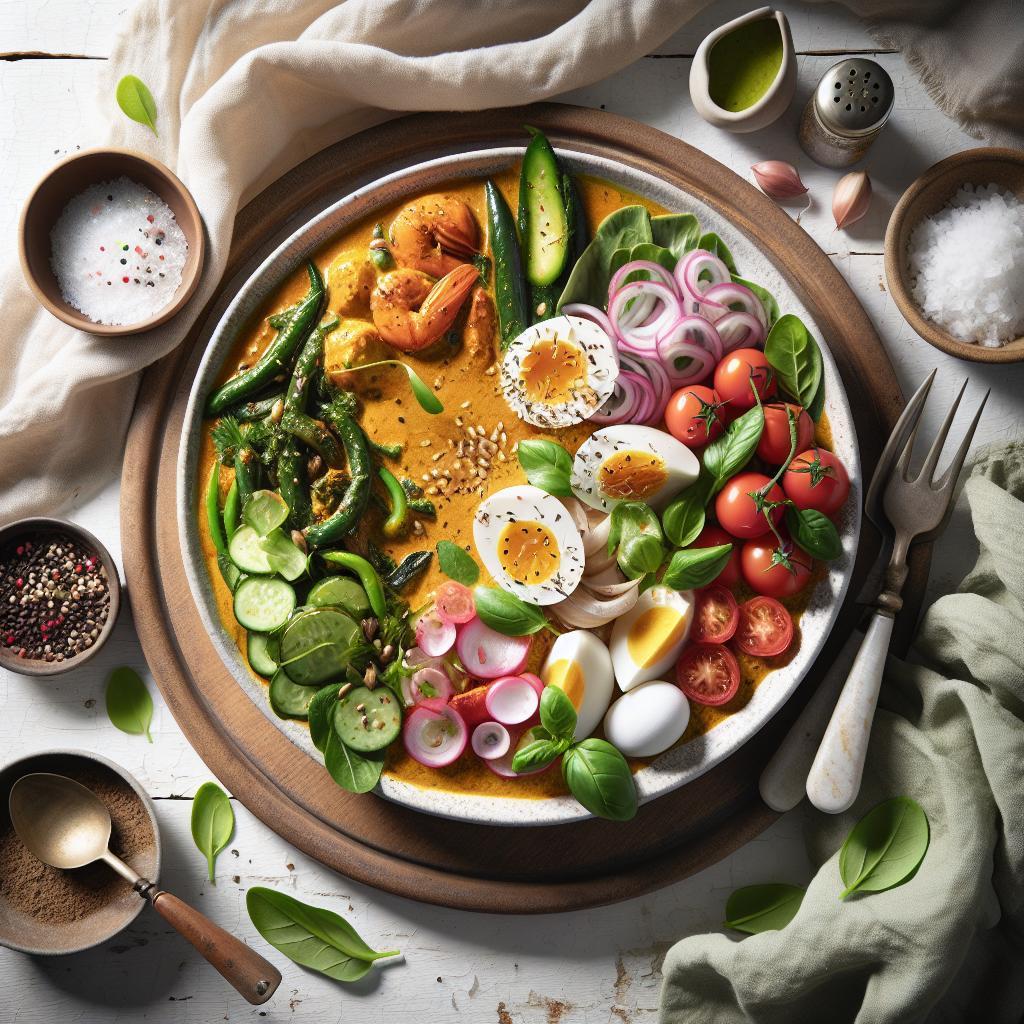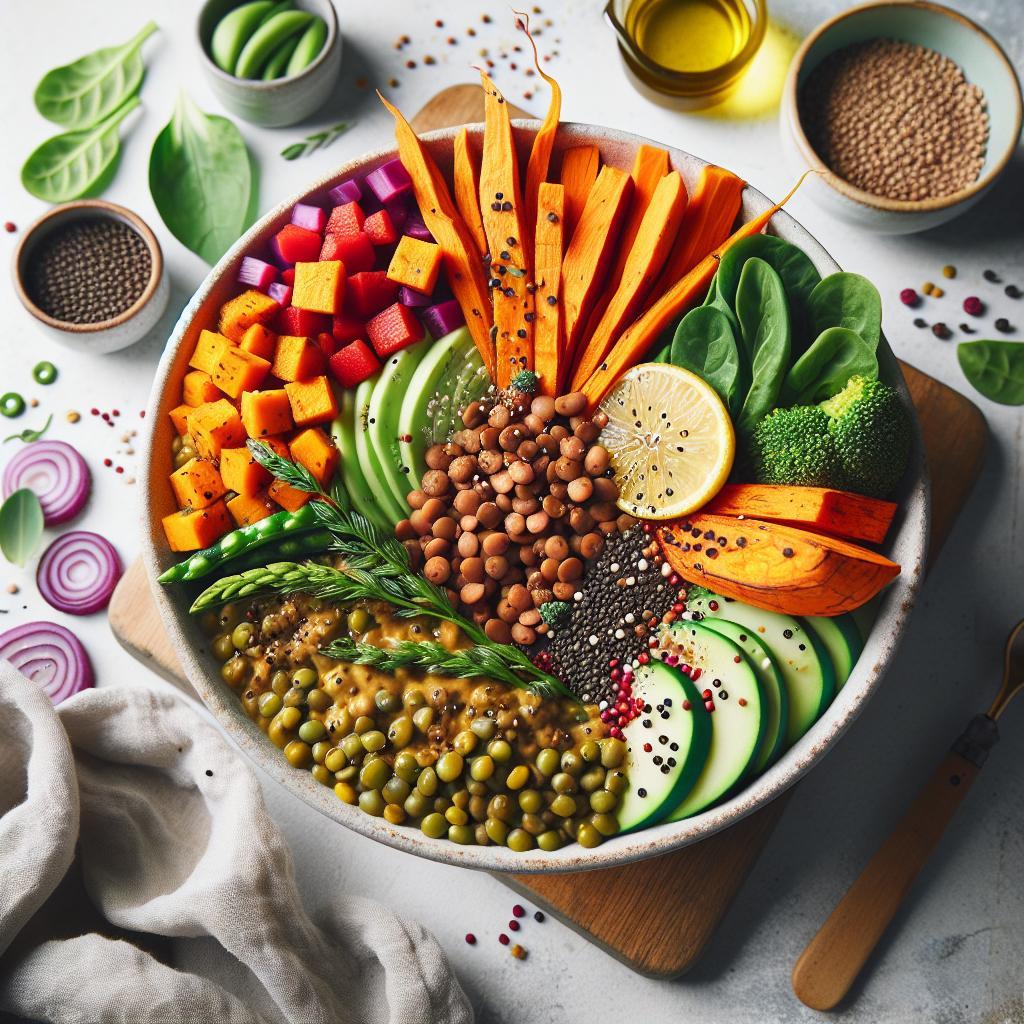In a world where soy has long reigned as the go-to plant-based protein, many are discovering the rich tapestry of alternatives waiting to be explored. Whether you’re avoiding soy due to allergies, dietary preferences, or simply craving variety, the landscape of protein-rich foods beyond soy is vast and vibrant. From ancient grains to powerhouse legumes and seeds, these nutritional stars not only provide essential amino acids but also bring their unique flavors and health benefits to the table. Join us as we venture beyond soy, uncovering top protein picks that fuel your body and delight your palate without ever relying on those familiar soybeans.
Exploring Plant-Powered Proteins Without Soy: A Vibrant Chickpea and Black Bean Salad
Beyond Soy: Top Protein Picks for a Soy-Free Diet begin with the colorful, hearty flavors of legumes and pulses, which offer a rich source of plant-powered proteins. This vibrant Chickpea and Black Bean Salad celebrates the natural nutty tones and robust textures of these ingredients, making it a perfect example of how to embrace soy-free protein in a nutritious, delicious way.
Prep and Cook Time
Prep: 15 minutes | Cook: 10 minutes | Total: 25 minutes
Yield
Serves 4 as a main course or 6 as a side dish
Difficulty Level
Easy
Ingredients
- 1 cup cooked chickpeas (canned, drained, and rinsed)
- 1 cup cooked black beans (canned, drained, and rinsed)
- 1/2 cup finely diced red bell pepper for sweetness and crunch
- 1/4 cup chopped fresh cilantro for a fresh, herbal note
- 1 medium avocado, diced, adding creamy texture and healthy fats
- 2 tablespoons extra virgin olive oil
- Juice of 1 lime to brighten and balance flavors
- 1 teaspoon ground cumin for warm, earthy depth
- 1/2 teaspoon smoked paprika to enhance the nutty flavors
- Salt and freshly ground black pepper to taste
- Optional: 1/4 cup toasted pumpkin seeds for a satisfying crunch
Instructions
- Combine the legumes: In a large mixing bowl, gently toss together the cooked chickpeas and black beans to create a protein-packed foundation.
- Add the veggies: Stir in the diced red bell pepper and chopped cilantro for vibrant color and herbal brightness.
- Prepare the dressing: In a small bowl, whisk together the olive oil, lime juice, ground cumin, smoked paprika, salt, and pepper until emulsified.
- Dress the salad: Pour the dressing over the legume mixture and toss gently to coat all ingredients evenly, adjusting seasoning as needed.
- Finish with avocado: Fold in the diced avocado carefully to avoid mashing, ensuring creamy contrasts with the nutty beans.
- Add crunch: Sprinkle toasted pumpkin seeds on top just before serving for added texture and a visual pop.
- Chill (optional): For enhanced melding of flavors, refrigerate the salad for 15-20 minutes before serving.
Chef’s Notes
- Protein-packed alternatives: Swap chickpeas with red kidney beans or lentils to vary texture and nutrient profiles.
- Make-ahead magic: This salad improves after a few hours, making it perfect for batch preparation or packable lunches.
- Adjust the tang: If you prefer a zestier bite, add extra lime juice or a splash of apple cider vinegar.
- Keep avocado fresh: To prevent browning, add avocado just before serving and consider a light squeeze of lemon on top.
- Nutty variation: For a richer depth, toast chopped walnuts or almonds and sprinkle them as an alternative to pumpkin seeds.
Serving Suggestions
This salad shines served chilled or at room temperature, paired beautifully with warm quinoa or a side of roasted sweet potatoes for a hearty meal.
Garnish with vibrant lime wedges, a sprinkle of crumbled feta (or a vegan alternative), and a few fresh jalapeño slices for added heat and color contrast.
For a balanced plate, serve alongside a lean animal-based protein, such as grilled chicken or baked fish, to complement the plant-powered protein and enrich the soy-free diet.

| Nutrient | Per Serving |
|---|---|
| Calories | 310 kcal |
| Protein | 15 g |
| Carbohydrates | 38 g |
| Fat | 9 g |
Explore more plant-powered recipes here and learn about protein diversity from authoritative sources like Harvard T.H. Chan School of Public Health.
Q&A
Q&A: Beyond Soy – Top Protein Picks for a Soy-Free Diet
Q1: Why would someone choose a soy-free diet in the first place?
A1: People may avoid soy due to allergies, thyroid concerns, digestive issues, or simply personal preference. Some seek variety or want to reduce intake of phytoestrogens found in soy. Whatever the reason, a soy-free diet can still be nutritious and delicious!
Q2: If I’m skipping soy, how can I ensure I’m still getting enough protein?
A2: Protein hides in plenty of other treasures beyond soy! Incorporate a mix of legumes like lentils and chickpeas, nuts and seeds such as almonds and pumpkin seeds, and hearty whole grains including quinoa and buckwheat. Animal-based proteins like eggs, poultry, and fish also offer ample muscle fuel.
Q3: What are some standout plant-based protein sources besides soy?
A3: Lentils are little protein powerhouses, packing about 18 grams per cooked cup. Quinoa isn’t just a grain-it’s a complete protein boasting 8 grams per cup. Chickpeas and black beans bring roughly 15 grams per cup each, while nuts and seeds add protein plus satisfying crunch and healthy fats.
Q4: How about proteins for those who avoid animal products and soy?
A4: Fear not, plant-based eaters! Combining complementary proteins is key. Try a bowl of rice and black beans or peanut butter on whole grain bread. Amaranth, chia seeds, hemp seeds, and spirulina are also creative, high-quality protein options that keep meals exciting and balanced.
Q5: Are there any surprises in the protein world for soy-free diets?
A5: Absolutely! Nutritional yeast is a savory, cheesy-flavored sprinkle loaded with protein and B vitamins. Seitan-made from wheat gluten-is protein-rich and perfect for meat substitutes if gluten isn’t an issue. For seafood lovers, shellfish and lean fish offer punchy protein with omega-3 benefits.
Q6: What tips can help optimize protein intake without soy?
A6: Focus on variety-rotate different protein sources daily to cover all essential amino acids. Pair plant proteins with vitamin C-rich foods to boost iron absorption. Don’t shy away from snacks like trail mix or roasted chickpeas to keep energy and protein steady throughout the day.
Q7: Can I still enjoy traditional soy-based favorites while avoiding soy?
A7: Yes! Many dishes can be adapted. Swap tofu or tempeh with grilled chicken or mushrooms. Use almond or sunflower seed butter instead of soy-based spreads. Experiment with coconut aminos in place of soy sauce. Creativity is your best recipe for success beyond soy.
Exploring beyond soy opens up a world of protein-packed possibilities. Whether plant-based or omnivore, your soy-free plate can be vibrant, satisfying, and brimming with nutritional goodness. Happy protein hunting!
To Conclude
As we’ve journeyed beyond the familiar shores of soy, it’s clear that the protein landscape is rich with vibrant alternatives waiting to be explored. From the hearty crunch of lentils to the creamy satisfaction of quinoa, these soy-free stars don’t just fill your plate-they power your day with nourishment and variety. Embracing a soy-free diet doesn’t mean sacrificing taste or nutrition; it means unlocking a new world of protein possibilities that fuel your body and delight your palate. So go ahead, mix, match, and savor these top picks, and watch your meals transform into adventures in health and flavor-no soy required.